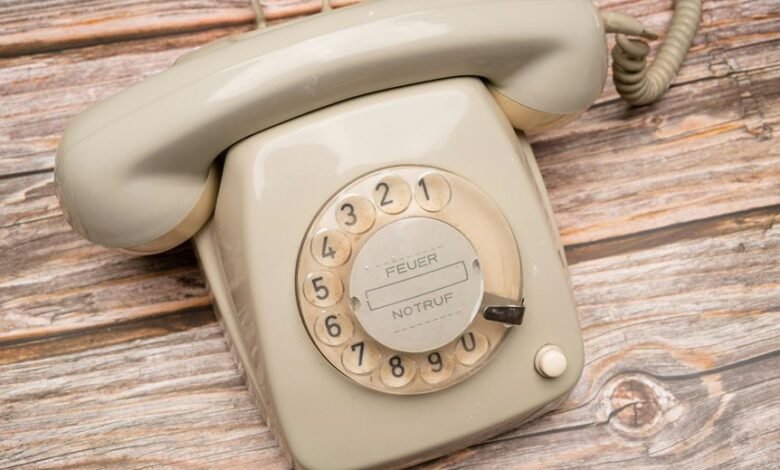The Signal You Can’t Ignore: 4022261645

The number 4022261645 has become a focal point in discussions about unsolicited calls and privacy concerns. Its frequent appearance raises significant questions regarding the nature of such communications. Analyzing user reports reveals a pattern of frustration and skepticism. This situation highlights the urgent need for effective strategies in identifying spam and preserving trust in communication systems. As individuals navigate these challenges, the implications for personal privacy remain profound. What steps can be taken to address this issue?
The Mystery Behind 4022261645
Although the number 4022261645 may appear as a mere sequence of digits, it has garnered attention due to its enigmatic nature and potential implications.
Its mystery origins raise questions about its purpose and legitimacy. Caller identification systems struggle to provide clarity, leaving many to ponder the significance behind this number, which may represent a broader issue related to communication privacy and freedom in an increasingly connected world.
Identifying Spam or Legitimate Calls
How can individuals effectively discern between spam and legitimate calls in an era where unsolicited communication proliferates?
Effective spam detection includes utilizing call verification tools and applications that analyze caller information. Users should remain vigilant about unknown numbers, research caller identities, and employ block features on their devices.
Such measures empower individuals to maintain control over their communication and safeguard their privacy.
Community Reactions and Experiences
As communities grapple with the increase in unsolicited calls, many individuals have begun sharing their experiences and reactions to these disruptions.
Personal anecdotes reveal heightened frustration and anxiety, as community concerns escalate surrounding privacy violations and potential scams.
Data indicates a correlation between these calls and decreased trust in communication, prompting discussions about regulatory measures to protect individual freedoms from intrusive practices.
Staying Safe: What to Do If You Receive a Call
What steps should individuals take when confronted with unsolicited calls?
First, utilize call blocking features available on most smartphones to prevent future disturbances.
Secondly, document the call details and report scams to relevant authorities, such as the Federal Trade Commission (FTC).
This proactive approach not only protects personal freedom but also contributes to broader efforts against fraudulent practices in telecommunications.
Conclusion
In an age where unsolicited calls proliferate like weeds in a garden, the number 4022261645 epitomizes the urgent need for heightened awareness and robust defenses against such intrusions. As individuals grapple with the ambiguity surrounding these communications, it is imperative to adopt vigilant practices to safeguard personal privacy. By fostering a collective understanding of the risks and responses, society can mitigate the erosion of trust in communication systems and reclaim control over their own interactions.






